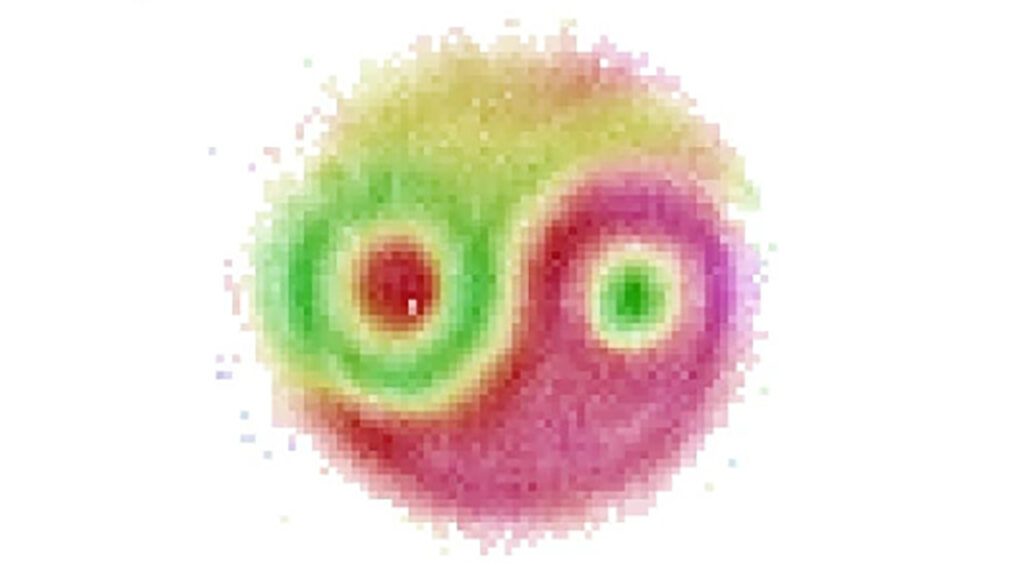Quantum Entanglement: A Glimpse into the Quantum Realm
Quantum physics, often dubbed the science of the minuscule, continues to challenge our understanding of the universe. One puzzling concept here is entanglement. Imagine two particles so linked that altering one instantaneously affects the other, regardless of the distance between them. This phenomenon, once dubbed “spooky action at a distance” by Albert Einstein, appears to defy the universe’s set speed limit: the speed of light.
Yet, over the past century, quantum entanglement’s authenticity has been affirmed multiple times.
Innovative Visualization Technique Unveiled
In a groundbreaking move, researchers from the University of Ottawa and Sapienza University of Rome have pioneered a technique to visualize entangled photons. Their study, recently published in Nature Photonics, offers an insight into the wavefunction of this quantum system.
Alessio D’Errico, a postdoctoral fellow at the University of Ottawa, described the wavefunction as a detailed specification of a quantum system’s state. It predicts the probability of various outcomes, such as locating entangled particles at different points simultaneously.
The Magic of Holography in Entanglement
The basis for this innovation? Digital holography. It’s a method primarily used for deducing 3D object shapes from scattered light or reconstructing laser beam phases. When light waves, considered in-phase, intersect, they amplify, resulting in constructive interference. However, if they’re out of phase, they negate each other – termed destructive interference.
By overlapping a known light wave with an unknown one, you can glean info about the mysterious wave. Essentially, you can visualize a 3D object using 2D images. The researchers adapted this holographic technique to decipher the state of two entangled photons.
D’Errico remarked that the challenge was discerning the phase and intensity of the entangled photon ‘wave’. To achieve this, they used a known two-photon state as a reference wave. The trick lay in superimposing these waves so that during measurement, the photon source remains undetermined.
The Power of Coincidence Imaging
What was the breakthrough? The researchers realized that vital information was embedded not in the intensity of the overlapping waves but in the coincidences’ distribution.
“Coincidence images highlight where photon pairs hit a detector simultaneously,” D’Errico explained. With cutting-edge camera tech, every pixel can display the number of detected events and pinpoint their arrival time to a nanosecond. This precision enables the identification of ‘coincident’ photons.
Intriguingly, the resulting wavefunction image of these entangled photons mirrors the Yin and Yang symbol, emblematic of interconnected forces in Chinese culture.
Implications for the Quantum Tech Landscape
This isn’t just a scientific marvel. It’s pivotal for quantum tech advancements, including quantum computers that leverage wavefunctions and entanglement.
D’Errico stressed, “Quantum technologies hinging on the generation and transformation of particle states must be verified by measuring the wavefunction of the end state.” This method also has potential for pioneering imaging techniques surpassing classical optics’ resolution limits.
Reference: Zia. D., Dehghan. N., D’Errico. A., et al, Interferometric imaging of amplitude and phase of spatial biphoton states, Nature Photonics, (2023), DOI: 10.1038/s41566–023–01272–3.












